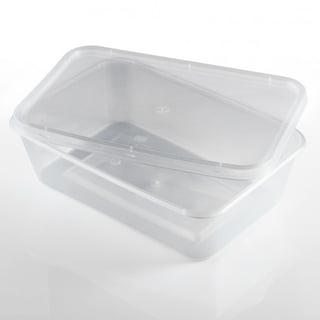I've twice now had a microwave cover that was advertised as microwave safe melt while heating food.
The first time, I was reheating Chinese leftovers (3 minutes on 950W, like I usually reheat my foot) and the cover melted above the rice. I ended up eating the rest of the food and not eating the rice.
The second time, my mother was heating a casserole pot with rotisserie chicken (5-6 minutes on 650W, though I'm not sure if that's the actual heat we use for that) and again part of the cover melted. We ended up not eating the skin, assuming that the rest of the chicken would be fine.
These weren't the first times we used these covers either: both of these covers were tall (the first one was as tall as a 4-5" smartphone, the second one slightly taller than an IKEA Dinera bowl) and already in use for several years before they melted. We didn't accidentally use non-microwave settings either.
We still have 2 lower covers (about 3/4 the height of a Dinera bowl), but we'd rather not have these melt as well. Problem is I think these are the same material as the one that just melted, and while they're still intact, they're about the same age as the second one that melted. All of our covers were marketed as microwave friendly.
Is there anything specific that can be done to avoid microwave covers melting in the microwave?
Example:-



